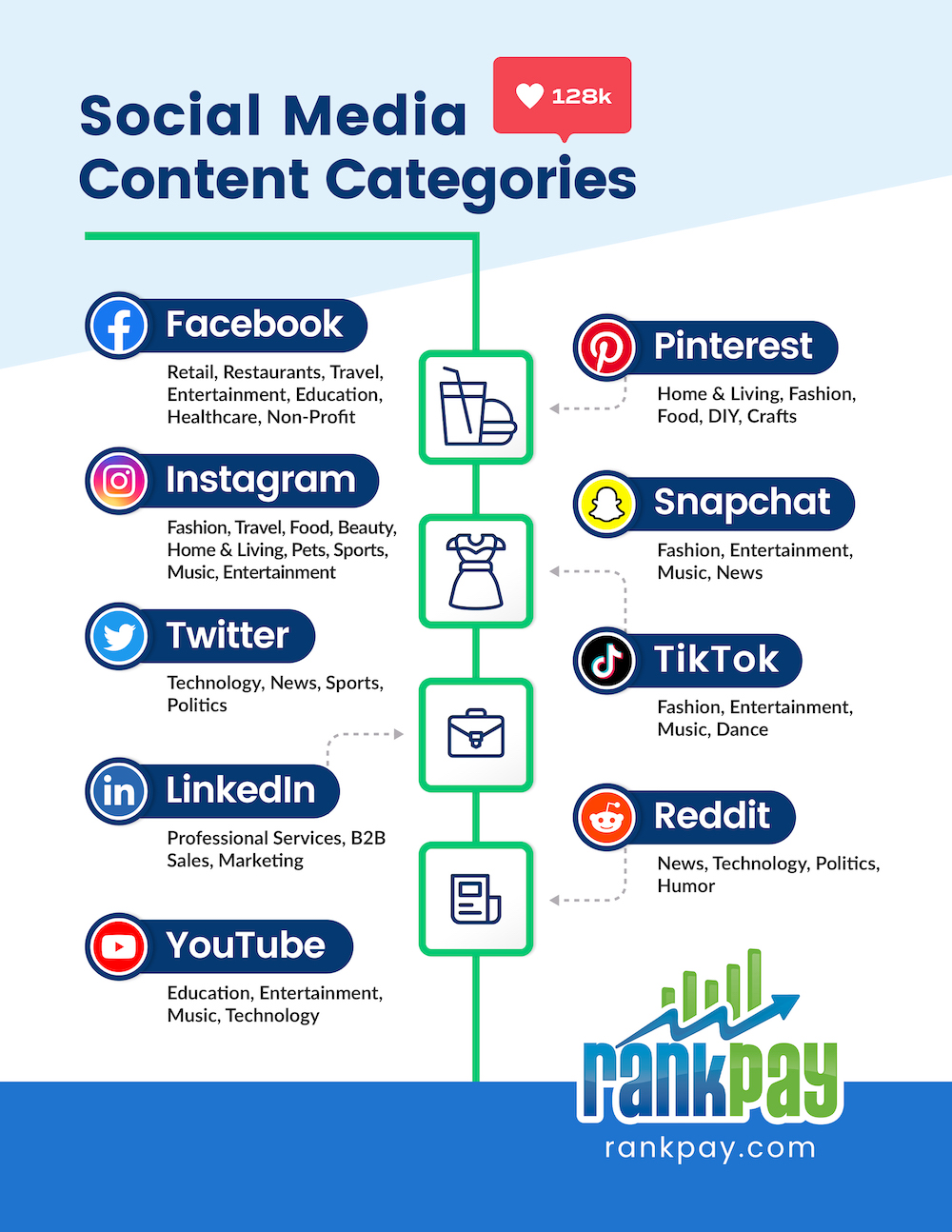AI language models have quickly become key components of our digital world, propelling us into an era of conversation-based search and digital interactions.
Powering an array of applications across multiple platforms, these AI engines are already changing the way we retrieve information, interact with devices, and how businesses approach search optimization. Let’s explore the commercial applications of AI language models and examine some of the more noteworthy products, including OpenAI’s GPT, Google’s Bard, Amazon’s Alexa, and Microsoft’s Bing.
The Rise of Conversational AI
Over the last year, the world has seen a significant shift towards conversational AI. Whether it’s search engines or social media platforms, user engagement has become the lifeblood of their survival. The search experience in particular, has been revolutionized by the power of AI.
While the current applications of conversational AI in search engines may not always seem logical, their development is ongoing and these technologies are improving and evolving over time. As the technology advances, subsequent iterations will likely offer better performance, greater functionality, and an enhanced user experience.
Business Optimization in an AI-Driven World
Adapting businesses to thrive in an AI-driven world requires an understanding of how these AI models work and how they can be optimized. Although SEO standard practices still apply, businesses in certain industries might need to take extra measures to ensure they are adequately optimized for AI search.
Local Businesses and AI
Businesses with a physical presence or those serving specific areas are part of a search segment known as “Local Search“. This designation is applicable across both search engines and AI text/voice models. The distinction, however, lies in the fact that local search results utilize additional data points for query consideration.
Consider Google Assistant, Google’s voice search AI. When asked to locate something within a user’s proximity, it relies on data provided by Google Maps. If the query includes phrases like “Best” or “Top,” Assistant will reorganize the results from Google Maps, using positive customer reviews rather than granular geographic proximity to rank the results.
Apple’s Siri takes a different approach. Before 2017, Siri used Bing and Yelp for data. Now, Siri queries Apple Maps for local rankings and Google’s search data for everything else. For instance, if you inquire about a nearby barber, Siri queries Apple Maps to locate and rank barbers based on reviews. For more general, non-location-based questions, Siri queries Google.
Amazon’s Alexa uses Yelp for location-based queries and Bing for general web searches. Finally, Microsoft’s Cortana pulls data from Bing Places for location-based inquiries and Bing for regular web searches.
Ecommerce and AI: A Dynamic Duo
In contrast to local businesses, online retailer searches often hinge on product-specific data. A search for “wireless headphones,” for instance, would yield direct product results or a list of websites selling them. A location-specific query, like “wireless headphones near me,” will return both product-specific data and nearby locations listing the product on their site.
With Google Assistant, results are driven by Google Shopping. Apple’s Siri isn’t quite as ecommerce-friendly, and instead suggests local businesses that might sell the product. Amazon’s Alexa, naturally, directs users towards Amazon’s own marketplace. Microsoft’s Cortana and Bing Chat, on the other hand, use Bing Shopping and Bing Search results, respectively.
Optimizing Your Website For AI: Unlocking the Potential of Natural Language Processing (NLP)
As we witness the rapid rise of AI, it’s important to understand how it can be leveraged to enhance your digital presence. Natural Language Processing (NLP) is one key area where AI is making a substantial impact. NLP, a branch of AI, allows machines to understand, interpret, analyze, and mimic human language, enabling them to understand and respond to user queries better.
NLP is already at the heart of many commercial applications, including chatbots, virtual assistants, machine translation, text summarization, sentiment analysis, and question answering systems. But its potential doesn’t stop there. NLP can also be an incredibly valuable tool for Search Engine Optimization (SEO), enhancing the content of your website to better align with search engine algorithms and user behavior.
SEO Content Writing and NLP: A New Approach
Writing content for NLP means moving away from traditional SEO strategies. Let’s explore the key differences between old methods of writing SEO content and writing content for NLP:
Keyword Usage: From Stuffing to Natural Incorporation
Gone are the days when content creators would stuff their articles with target keywords, making the content sound unnatural and repetitive. Modern SEO focuses on using keywords naturally and contextually, ensuring that the content reads well and provides value to the reader.
Quality of Content: From Thin to Comprehensive
The trend of producing short, thin content with a narrow focus on specific keywords is no longer viable. An NLP-friendly approach involves creating comprehensive, in-depth content that addresses user intent and covers related topics, making it more relevant and valuable to readers.
Link Building: From Artificial to Natural
Old SEO practices included artificial link-building techniques. Today, modern SEO emphasizes earning links naturally by creating high-quality, shareable content that attracts organic links from reputable sources.
Writing Style: From Search Engines to Users
In the past, content creators focused on writing for search engines, prioritizing keyword usage over the readability and value of the content. The NLP-friendly approach prioritizes writing for users, creating content that is informative, engaging, and valuable while also incorporating relevant keywords.
Structuring Your Content for AI
When crafting content for your website, it’s important to consider how an AI would likely understand it. This involves using clear and concise language, avoiding jargon and technical terms, and structuring your content in a way that is easy for AI to parse.
When considering how best to structure content for AI, Google’s BARD and OpenAI’s ChatGPT language models offer valuable insights:
Use Clear and Concise Language
AI systems thrive on simplicity. Avoid complex language, jargon, and technical terms. Instead, use simple, straightforward language that both AI and human users can easily understand.
Structure Your Content Logically
Use headings, subheadings, bullet points, numbered lists, tables, and graphs. These help AI systems understand the structure and key points of your content. These structural elements will also improve readability for human users.
Make Your Content Interactive
Interactive content can provide AI systems with insights into how humans interact with information. It can also make your content more engaging for human users.
Use Structured Data
Structured data is a way of organizing information so that it’s easily understood by AI. It can include a variety of data points, such as product information, events, and people, giving AI a better understanding of your content. This will enhance the visibility of your content in AI-powered search results.
The Impact of Social Signals on AI
In a recent experiment, we found that AI models placed a particularly high value on social signals. We put a variety of leading AI models to the test, focusing primarily on their use of social signals. What we found was striking: for a distinct group of users, social signals outweighed all other factors in the AI’s decision-making process.
To better understand this, let’s take a look at one of our tests in detail. We started by creating a digital persona, a user profile defined by a unique set of preferences and behaviors. Our persona engaged the AI in a discussion about the entrepreneur and reality TV superstar Kim Kardashian.
When this persona sought the AI’s advice on where we could find the best baby clothes, the responses we received were not rooted in factual information, as one might expect.
Instead, the AI’s answers were shaped by promotions and suggestions linked to the Kardashians. In another conversation with the same AI model using a different persona, we received suggestions similar to what we would see in a google search: answers about where to find the best baby clothes. This indicated that the AI, learning from our persona’s prior interactions, gave a higher priority to the social signals associated with those influencers over other data points. This was a fascinating discovery, showcasing the profound influence of social signals in shaping AI responses.
Evaluating Social Signals: Key Factors
AI systems evaluate social signals based on several key factors:
Platform Relevance
Each AI model defines the relevance of specific social media platforms for various business types. While these definitions can vary across different AI models, our research shows a common pattern in popular models like Google BARD and OpenAI ChatGPT:

Timing
AI systems examine how responsive a business is when interacting with its customers on social media, including the recency of posts, response time to reviews and feedback, and handling of negative versus positive feedback.
Consistency
AI can evaluate how active a business is on social media, taking into account the frequency of posts and user engagement. It’s important to note that quality is graded far more heavily than quantity in these evaluations.
Creativity
AI assesses the creativity and originality of social media content based on several criteria, including originality, innovation, elaboration, relevance, and audience engagement. Each criterion is scored on a scale of 1-5, with 5 being the highest, then averaged to get an overall creativity score.
Advanced AI Evaluations Using Social Signals
AI can perform sophisticated analyses on social signals, providing valuable insights for businesses:
Sentiment Analysis
AI can gauge users’ emotions and opinions by analyzing the sentiment of social media posts, comments, and reviews, providing valuable insights into public opinion.
Trend Analysis
By scrutinizing social signals, AI can identify trending topics, hashtags, and content types, aiding businesses in tailoring their marketing strategies and creating appealing content.
Influencer Identification
AI can identify influencers and key opinion leaders within specific niches or industries using social signals. This capability enables businesses to extend their reach by partnering with these influencers.
User Behavior Analysis
AI can understand user behavior (preferences, interests, and online habits) by analyzing social signals, which can aid businesses in personalizing their marketing campaigns, tailoring content, and improving user experience.
Social Listening
AI-powered tools can monitor social signals to identify brand, product, or keyword mentions, helping businesses track their online reputation and respond more quickly to customer feedback.
Predictive Analytics
AI can predict future trends and user behavior. Some AI models can even predict the potential success of a marketing campaign by analyzing historical social signals and identifying patterns.
To illustrate this feature, if a user frequently interacts with or expresses interest in certain influencers who endorse a specific product or brand, AI can incorporate this information into its suggestions. For instance, if a user asks the AI to “find the healthiest water,” and an influencer the user follows promotes a particular water brand, AI might recommend that brand. This recommendation could take precedence over other factual or third-party data, based on the weight AI gives to the user’s interest in the influencer.
Making Social Signals Work for Your Business
Given the significant role social signals play in AI evaluation, it’s critical for businesses to strategically engage with these platforms. Here are some strategies to consider:
Understand Your Platform
Each social media platform caters to a different audience and industry. Make sure your business has a presence on platforms most relevant to your sector and audience.
Timely Engagement
Respond promptly to customer inquiries, reviews, and feedback. Remember, the timing of your engagement can influence how AI perceives your commitment to customers.
Consistent Quality Content
While it’s important to maintain an active presence, prioritize quality over quantity. Your content should be creative, original, and engaging. High-quality content tends to attract more user engagement, which AI views favorably.
Leverage Influencers
AI can identify influential figures in your industry. Collaborating with these influencers can help increase your brand’s visibility and reach a wider audience.
Monitor and Analyze
Use AI-powered tools for social listening and sentiment analysis to keep a pulse on public opinion, user behavior, and market trends. These insights can help you improve your marketing strategy, customer experience, and brand reputation.
By understanding how AI evaluates social signals, businesses can optimize their social media strategy and significantly improve their online visibility, customer engagement, and overall business success. With the rise of AI, social signals are no longer just about increasing social media followers but have become an integral part of a comprehensive SEO and digital marketing strategy.
Creativity and Originality in AI Content
AI content generators function based on the training data they’ve been fed. These systems learn patterns and mimic styles from this data, which often leads to their output being similar to existing content. AI-generated content might:
Be repetitive
AI content is limited to its training data, meaning the output may be repetitive if the training data is repetitive.
Follow a formula
AI content often adheres to set algorithms, leading to a formulaic approach that can lack the freshness and versatility of human writing.
Lack originality
If the AI content is trained on data that is derivative, it could lead to unoriginal output.
There’s potential for AI-generated content to be original and creative, but its limitations should be recognized. For truly creative and unique content, human input is still essential.
Legal Considerations
It’s critical to remember that copyright laws protect original works of authorship. AI content generators often use copyrighted material like text, images, or code. Using such content without permission from the copyright holder could lead to copyright infringement, so it’s crucial to obtain necessary permissions.
AI content generators, like any tool, can be misused to create misleading or false information. This can lead to a multitude of issues:
Legal consequences
Misleading information, especially when used in advertising or product descriptions, can lead to legal action being taken by regulatory bodies like the Federal Trade Commission (FTC) in the United States or equivalent agencies in other countries. Legal consequences can range from fines to more severe penalties.
Loss of trust
Organizations such as the Better Business Bureau (BBB) regulate businesses and can revoke accreditations for businesses engaging in misleading practices, leading to a loss of public trust.
Regulatory issues
Certain sectors, such as food and drugs or securities, have specific regulations about misleading claims, managed by agencies like the Food and Drug Administration (FDA) or the Securities and Exchange Commission (SEC).
While there may be some exceptions for satirical or humorous content, it’s generally advised to steer clear of creating or disseminating misleading information. If you’re unsure about your content, it’s always safer to err on the side of caution.
In conclusion, while AI can optimize your website and create content efficiently, it’s important to approach it with a nuanced understanding of its limitations and potential risks. Be sure to critically analyze AI-generated content for creativity and originality, be mindful of copyright issues, and ensure your content is accurate and not misleading. Combining AI’s power with human creativity and a commitment to oversight can lead to a powerful, effective content strategy.








